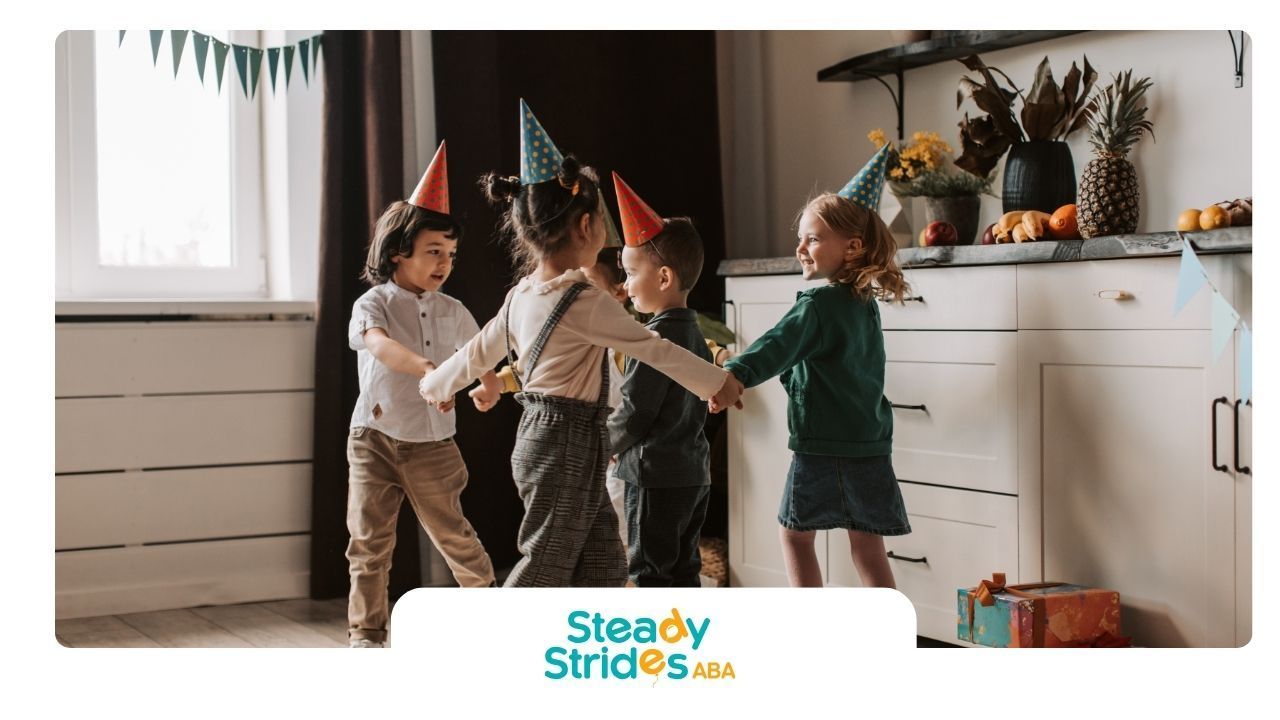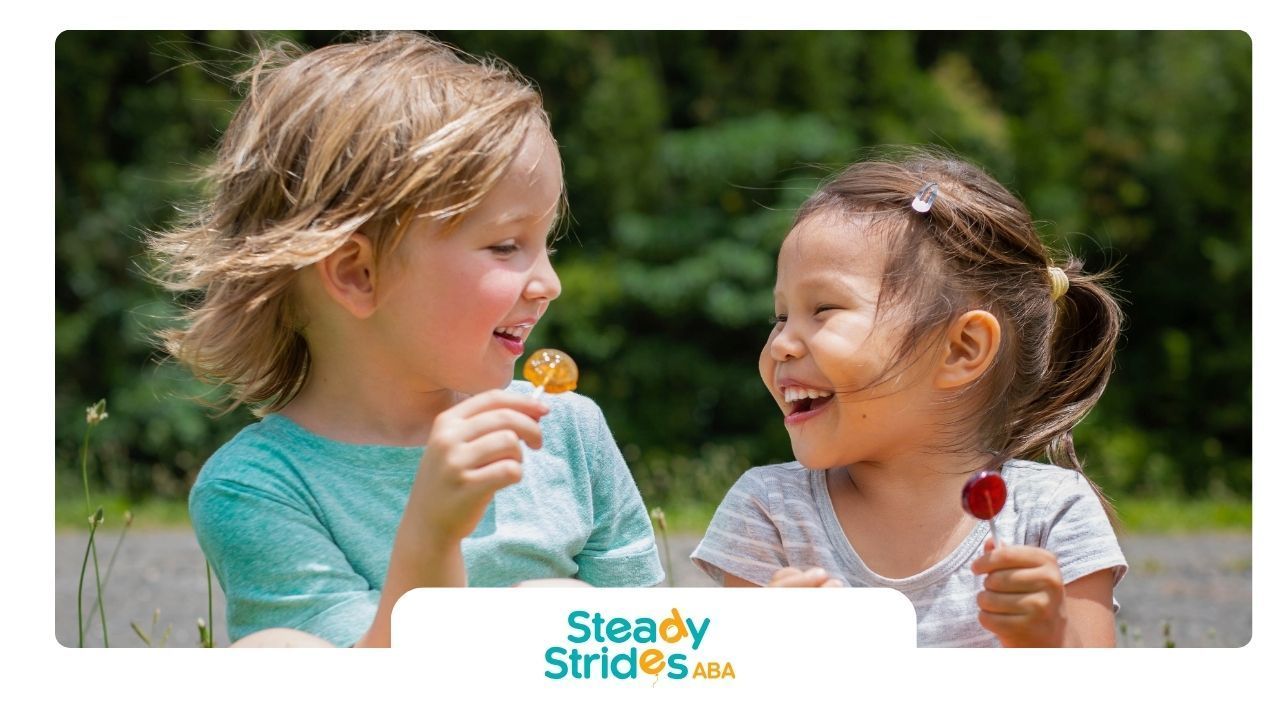Many parents and caregivers find themselves wondering whether their child is simply shy or if their behavior might indicate autism. While shyness and autism can sometimes appear similar, they are fundamentally different. Understanding these differences is crucial for providing the appropriate support and interventions. This comprehensive guide explores the distinctions between shyness and autism, the signs to look for, and how Applied Behavior Analysis (ABA) Therapy can help.
Understanding Shyness
Shyness is a personality trait characterized by feelings of apprehension, discomfort, or inhibition in social situations. Shy children may prefer to observe rather than participate, take longer to warm up to new people or environments, and may experience anxiety in unfamiliar settings. Key characteristics of shyness include:
- Reluctance to Engage: Shy children may avoid eye contact, speak softly, or hesitate to join in group activities.
- Gradual Adjustment: They typically warm up over time and can develop comfort with familiar people and settings.
- Typical Development: Shy children generally reach developmental milestones in communication, social interaction, and play, albeit at a slower pace.
Understanding Autism
Autism Spectrum Disorder (ASD) is a developmental condition characterized by differences in social communication, behavior, and sensory processing. Autism presents a wide range of symptoms and abilities, making each individual's experience unique. Key characteristics of autism include:
- Social Communication Challenges: Difficulty understanding social cues, forming relationships, and engaging in typical back-and-forth conversations.
- Repetitive Behaviors: Engaging in repetitive actions such as hand-flapping, rocking, or having specific routines.
- Sensory Sensitivities: Over- or under-sensitivity to sensory stimuli such as sounds, lights, or textures.
- Developmental Differences: Delays or differences in reaching developmental milestones, particularly in communication and social skills.
Key Differences Between Shyness and Autism
While shyness and autism can share some overlapping characteristics, there are distinct differences that can help in distinguishing between the two:
1. Social Interaction
- Shy Children: May be hesitant but show interest in social interactions once they feel comfortable. They eventually engage with peers and adults.
- Children with Autism: Often struggle with understanding social cues and forming relationships. They may appear indifferent or have difficulty engaging in typical social interactions.
2. Communication
- Shy Children: Typically have age-appropriate language skills but may speak less in unfamiliar settings. They communicate effectively in familiar environments.
- Children with Autism: May have delayed language development, use atypical speech patterns, or be nonverbal. They may have difficulty understanding and using verbal and nonverbal communication.
3. Behavior and Interests
- Shy Children: Generally exhibit a range of interests and behaviors typical for their age. They do not typically engage in repetitive behaviors.
- Children with Autism: Often display repetitive behaviors, have intense focus on specific interests, and may insist on strict routines.
4. Sensory Sensitivities
- Shy Children: Do not usually have significant sensory sensitivities or atypical responses to sensory stimuli.
- Children with Autism: Often have sensory processing differences, such as being overly sensitive to noise, lights, or textures, or seeking sensory input.
Signs to Look For
If you are concerned about whether your child's behavior might indicate autism rather than shyness, here are some signs to look for:
- Limited Eye Contact: Consistently avoiding eye contact.
- Lack of Social Reciprocity: Difficulty with social give-and-take, such as sharing interests or responding to social cues.
- Repetitive Behaviors: Engaging in repetitive movements, routines, or speech patterns.
- Sensory Issues: Overreaction or underreaction to sensory stimuli.
- Delayed Language Development: Significant delays in speech or use of unusual speech patterns.
- Difficulty with Change: Strong preference for routines and distress with changes.
The Importance of Early Detection and Intervention
Recognizing the difference between shyness and autism is crucial for early intervention. Early detection and appropriate intervention can significantly improve outcomes for children with autism. If you suspect your child might have autism, seeking a professional evaluation is an important step.
How ABA Therapy Can Help
Applied Behavior Analysis (ABA) Therapy is a well-established, evidence-based approach to supporting individuals with autism. ABA Therapy focuses on understanding and improving specific behaviors and skills through structured interventions. Key components of ABA Therapy include:
1. Individualized Assessment
ABA Therapy begins with a comprehensive assessment to understand the child's strengths, challenges, and specific needs. This assessment informs the development of a tailored intervention plan.
2. Skill Development
ABA Therapy targets the development of essential skills, such as communication, social interaction, and daily living skills. Interventions are designed to teach these skills in a structured and supportive manner.
3. Behavior Management
ABA Therapy uses positive reinforcement to encourage desirable behaviors and reduce challenging behaviors. Behavior management strategies are individualized to address the specific needs of each child.
4. Generalization and Maintenance
A critical goal of ABA Therapy is to ensure that skills learned in therapy sessions generalize to various settings, such as home, school, and community. Strategies are implemented to maintain these skills over time.
5. Family Involvement
ABA Therapy emphasizes the importance of family involvement. Parents and caregivers are provided with training and support to reinforce skills and interventions at home.
Supporting Your Child
Whether your child is shy or has autism, there are several strategies you can use to support their development:
- Create a Supportive Environment: Ensure your child feels safe and supported in their environment. Provide consistent routines and clear expectations.
- Encourage Social Interaction: Gradually introduce your child to social situations and provide opportunities for interaction with peers. Use role-playing and social stories to teach social skills.
- Promote Communication: Encourage your child to express themselves through verbal and nonverbal communication. Use visual supports, such as picture schedules or communication boards, if needed.
- Engage in Play: Play with your child to build social and communication skills. Use toys and activities that match their interests and developmental level.
- Seek Professional Support: If you have concerns about your child's development, seek professional evaluation and support. Early intervention can make a significant difference in your child's progress.
Conclusion
Understanding the differences between shyness and autism is essential for providing the appropriate support and interventions for your child. While shyness is a common personality trait, autism is a developmental condition that requires specialized support. Recognizing the signs and seeking early intervention can significantly improve outcomes for children with autism.
At Steady Strides, we are dedicated to providing high-quality ABA Therapy to support the development and well-being of children with autism. Our experienced team is committed to delivering individualized and compassionate care. Contact us today to learn more about how we can support your child's journey.













